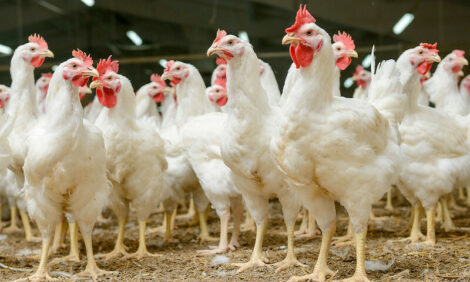



Rapid Diagnostics Makes OZ Poultry Fly
AUSTRALIA - Australian poultry producers are benefiting from a range of rapid, cost-effective diagnostic tests previously unavailable in Australia thanks to a Poultry CRC project being undertaken at The University of Melbourne.According to the project leader, Dr. Amir Noormohammadi, the industry has been very happy with the vastly improved turn-around time for test results as well as the increased level of understanding these tests now give us thanks to improved strain differentiation techniques.
“Not only can we detect the disease much faster,” said Amir, “we can now identify the strain and develop a better understanding of the way diseases such as Infectious Laryngotracheitis Virus (ILTV) spread from one farm to another.”
“In the past, you’d send the sample away and be lucky to get a result the same week, with strain identification in 2 to 3 months. Compare that with what we’re doing now and the benefits are obvious.”
“For example, we recently received some tissue samples around ten o’clock on a Friday morning. By 3.30 that afternoon, I picked up the phone and communicated the results to the client – confirming Infectious Bronchitis virus (IBV), a nasty and very contagious viral disease, and even pinpointing the exact type of virus strain and its relationship with historical IBV.”
This capacity to respond, ad hoc, to emergency situations in just a matter of hours rather than days or weeks, allows the industry to respond faster to a disease outbreak and put in place measures to control its spread.
“We’ve advanced our understanding of the way poultry diseases spread and we now have a better understanding of how to control them and thereby reduce the farmers’ losses,” said Amir.
“Improving our understanding of the epidemiology of these diseases allows for a faster, more targeted transfer of practical outcomes to the industry,” said Poultry CRC CEO, Mingan Choct.
“Amir and his team have attended emergency forums held by the Department of Primary Industries in Victoria to address epidemiology issues related to disease outbreaks in regional areas.”
“Amir has talked to all the key stakeholders about these crucial developments, including representatives from the major poultry companies, vaccine companies and various regulatory bodies, and this should help to alleviate some of the confusion associated with disease outbreaks and how they spread,” said Mingan.








